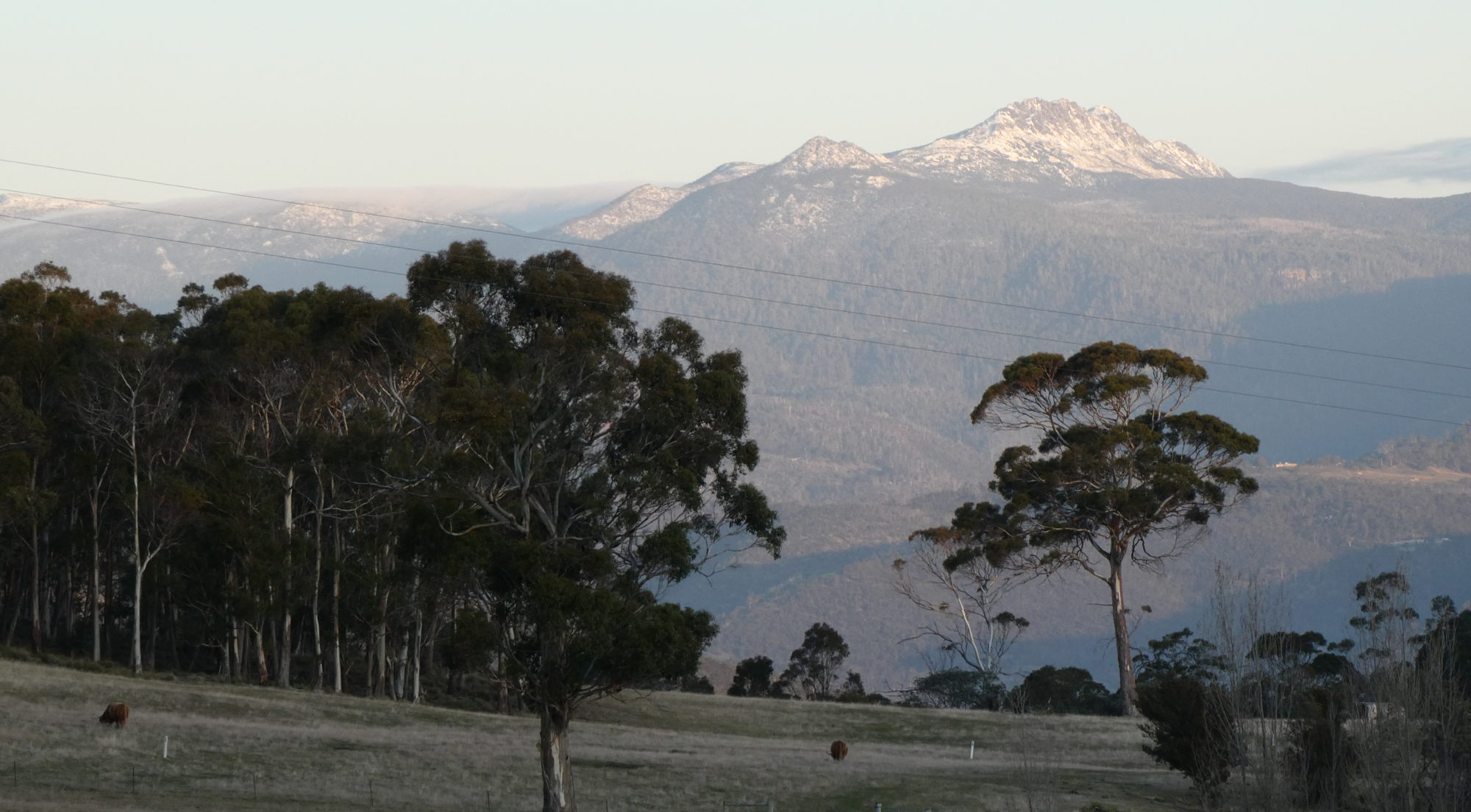by John Reid

A couple of days ago I was a little surprised to hear the new Minister for Climate Change and Energy, Chris Bowen, proclaim that all the talk about nuclear power for Australia is complete nonsense because nuclear is far more expensive than renewables. Surely not, I thought. But then, maybe I have been misled so I had better check it out.
Google immediately led me to WNISR, World Nuclear Energy Industry Status Report and various reports about this report.: The cost of generating solar power ranges from $36 to $44 per megawatt hour (MWh), the WNISR said, while onshore wind power comes in at $29–$56 per MWh. Nuclear energy costs between $112 and $189.
Well, there it is in black and white, straight from the World Nuclear Industry’s peak body, evidently.
Or is it? It seemed a strangely self-effacing statement for such a body, so I thought I would check out the credentials of the authors. Chief among these is a person named Mycle Schneider. According to Wikipedia he is a self-taught energy consultant, nuclear analyst and anti-nuclear activist, who has been adviser to Green members of the European Parliament on energy issues for more than twenty years.
The report is not an honest appraisal of the nuclear industry by its own members.
It is anti-nuclear propaganda purporting to come from the industry.
It is false flag propaganda!


Subversion in a very REAL sense, in the original meaning of the word: the undermining of the power and authority of an established system or institution.
Twiggy Forrest said on radio this morning “the more renewables you use the cheaper it gets and the more fossil fuels you use the dearer it gets. ”
The Australian spot price for electricity on 10 January 2022 was $5000 per MWh, about 100 times the usual price!
Twiggy is confusing two different things, the installation cost and the price paid by the consumer. In a free market economy they are unrelated because the price is determined by supply and demand. In a command economy they are related but then you have poor products and shortages as in Eastern Europe following WW2. The Energy Regulator is presently switching from the Free Market Model to the Socialist model with the resulting shortages in NSW already evident.
The cost of baseload backup is hidden in the socialist model, which is the ultimate aim of the intermittents lobby. Ultimately the cost to society is the same as the free-market model, though union feather-bedding is a feature of the socialist model. I’ll bet compensation to base-load providers will be kept a ‘commercial’ secret when, in fact, it’ll be a socialist’s secret.
To paraphrase a purportedly Irish idiom:
“If you’re wondering how to get to zero emissions; I wouldn’t start from here.”
To me, the first step is to extract maximum value out of what you already have (fuel, civil works, other infrastructure). Then establish a realistic timeline commensurate to the scale of the job to migrate to the new technology in an orderly manner. This means no forcing of the market. Fossil fuel will eventually wind down but there is plenty of time and many options, including nuclear.
It’s a mistake to turn your back on the efforts of several generations of development that has performed pretty well and shoehorn in something that has not been considered viable.
Nuclear science has the unfortunate pedigree of being spawned from an arms race which frightened the daylights out of a large proportion of the world population(viz.school kids being versed on fallout shelters and nuclear attack mitigation).
To some extent I think we still live in that shadow. It makes easy prey for energy subversion.
In order to debunk the green illusion, it would be important to create realistic calculations.
I started this with the questions what PV based energy autonomy would mean for a private household: https://klima–fakten-net.translate.goog/?p=7383&_x_tr_sch=http&_x_tr_sl=de&_x_tr_tl=en&_x_tr_hl=de&_x_tr_pto=wapp
We have to assume that with renewables there are 3 components: directly used energy, short term storage, and long term storage. The costs for storage and the storage losses have to be added to the costs. Additionally the costs for land usage have to be added as well – the PV equivalent of a 1.5 GW nuclear power station requires 120 sq. km for volatile energy and 200 sq. km of land for reliable energy (1/3 direct usage, 1/3 short term storage, i.e. day/night with batteries, 1/3 long term storage, i.e. seasonal with hydrogen).
There are better global nuclear energy status reports, than the cited and self-serving World Nuclear Industry Status Report, much better ones, like those from the IEA. Even some of these like “At Work” from the World Nuclear Association, (World-Nuclear.org), can be as self-serving in the other direction. I like to read facts and do my own analysis and interpretation. I believe nuclear under scrupulous governments/industries/regulators, is the way, and soon we will have fusion, that I think will be difficult to argue against.
https://www.iea.org/fuels-and-technologies/nuclear
From: https://www.iea.org/fuels-and-technologies/nuclear
Nuclear power has historically been one of the largest global contributors of carbon-free electricity and while it faces significant challenges in some countries, it has significant potential to contribute to power sector decarbonisation.
Nuclear power accounts for about 10% of electricity generation globally, rising to almost 20% in advanced economies. Yet it faces a contrasted future despite its ability to produce emissions-free power.
While some countries are phasing out nuclear plants due to public opposition and concerns over safety, another 19 countries were in process of building new nuclear facilities at the start of 2021, envisaging a future role for nuclear power.
With large up-front costs and long lead times for projects, nuclear power has trouble in some jurisdictions competing against more economic and faster-to-install alternatives, such as natural gas or modern renewables. The development of next generation installations, such as smaller modular plants, could shift the balance back in favour of nuclear power.
With nuclear power’s uncertain future in many countries could result in billions of tonnes of additional carbon emissions.
Nuclear power plants contribute to electricity security in multiple ways by keeping power grids stable and complementing decarbonisation strategies since, to a certain extent, they can adjust their output to accompany demand and supply shifts. As the share of variable renewables like wind and solar photovoltaics (PV) rises, the need for such services will increase.
Last updated Jan 20, 2022
What’s not to like about that?